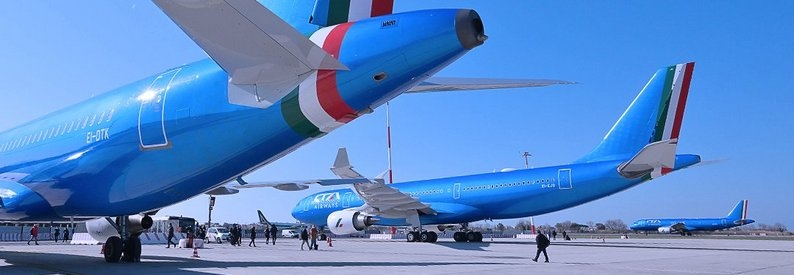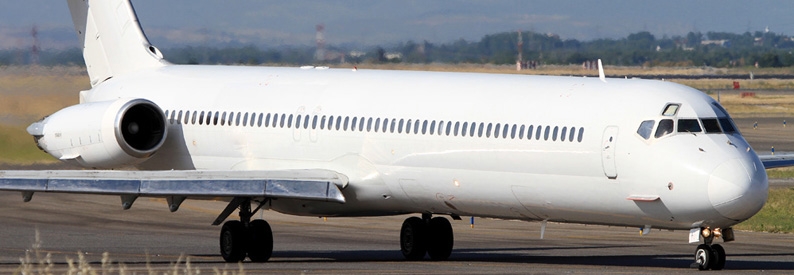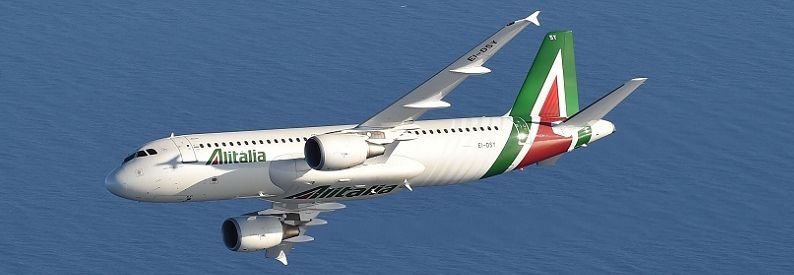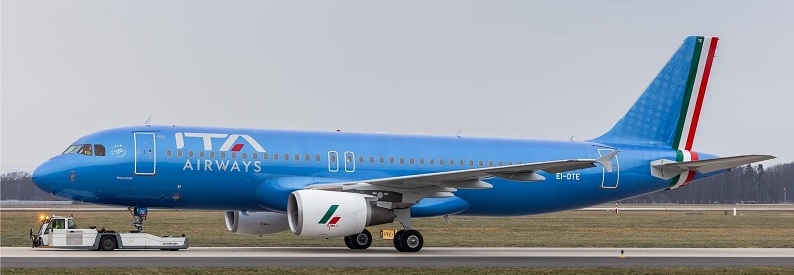Rome’s main airport, Rome Fiumicino, will close one of its two terminals on March 17 and the Italian capital’s second gateway, Rome Ciampino, is shutting to passenger traffic altogether on March 14, airport operator Aeroporti di Roma said in a statement posted on its website on March 12. Seven other airports across the country including Milan Linate and Milan Bergamo will also temporarily close for scheduled passenger operations.
At Fiumicino, all check-in operations, security checks, and baggage reclaim will be carried out at Terminal 3, which remains operational. At Ciampino, general aviation activities and cargo aviation will remain unchanged and “the runways of the two airports will remain fully accessible and will not undergo operational changes,” the statement said.
“The decision was made necessary due to the multiple cancellations of flights to and from Italy announced by many airlines that normally operate at the two airports of the capital. [...] The passenger terminals of Fiumicino and Ciampino airports will resume regular operations as soon as the current emergency phase is over.”
Flights in and out of both airports had already slowed to a trickle by March 12. The departure board at Fiumicino was full of “cancelled” signs and its car parks, usually congested, were almost deserted, Reuters reported. The two airports handled nearly 50 million passengers in 2019.
Italy’s authorities will also shut down Milan Linate, which had been used in recent days only for domestic flights, as well as Bergamo and several regional airports to stop the coronavirus outbreak.
Minister of Infrastructure and Transport Paola De Micheli signed a decree to temporarily close Bergamo, Brindisi, Ciampino, Linate, Florence Peretola, Reggio di Calabria, and Verona on the recommendation of Italy’s civil aviation authority (Ente Nazionale per l’Aviazione Civile - ENAC), which in turn came at the request of the airports’ directors, who reported seeing drastic falls in passenger and cargo traffic.
ENAC proposed a “minimum airport infrastructure scenario” capable of “guaranteeing the mobility of air transport within the national territory”, including with Italy’s islands.
The airports of Ancona, Bari, Bologna, Cagliari, Catania, Genoa, Lamezia Terme, Lampedusa, Milan Malpensa, Naples Capodichino, Palermo International, Pantelleria, Pescara, Pisa, Rome Fiumicino, Turin Caselle, Venice Marco Polo will, therefore, remain open at least until March 25, ENAC said in a statement, adding that the operation of all national airports remained unchanged at least up to and including March 13.




